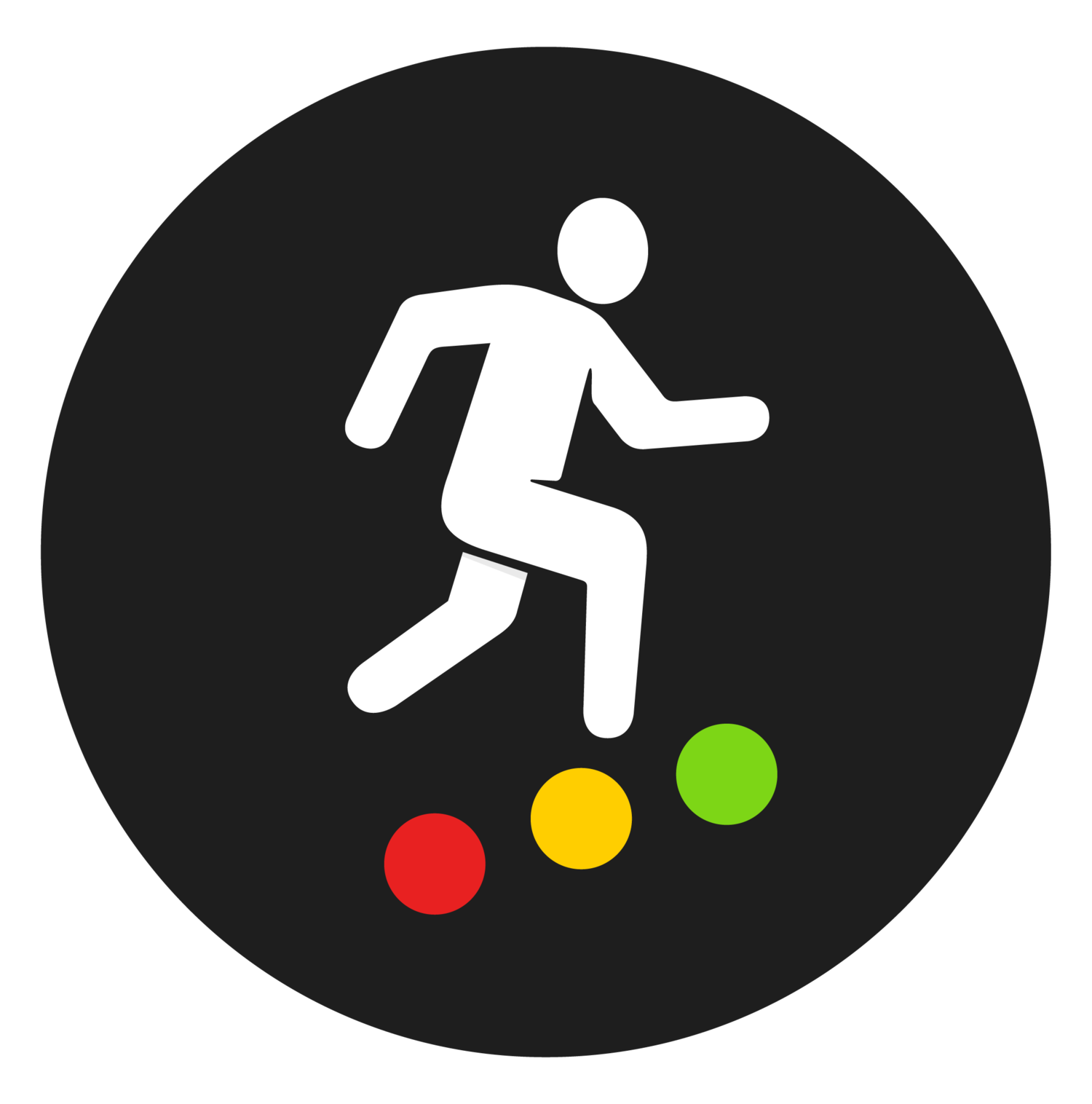Training today RTT methodology and 24 hour comparative data
In this blog, we are going to discuss the methodology used to produce the RTT (Readiness to Train) score in the Training Today app. The benefits of recovery as part of any training programme is well documented and in recent years significant work has been done to develop measurable metrics to give a good indication of an individual’s state of recovery. Recovery can be characterised by increased activity of the parasympathetic side of the autonomic nervous system and heart rate variability (HRV) has become a key metric in developing tools to track this activity. Parasympathetic activity is in turn suppressed by all types of stress put on an athlete’s body. This could be training stress but it is certainly not limited to that with illness, lack of sleep, work stress and anxiety for example, also having a suppressing effect on parasympathetic activity, slowing down recovery and potentially reducing the body’s ability to execute training sessions and gain the maximum fitness benefit from doing so. Ultimately, for competitive athletes, compromised recovery could impact their ability to perform in an event to the best of their ability. So tracking HRV seems like a good plan to establish patterns of recovery – which in turn are very specific to individual athletes.
The question is – how best to track it? One of the issues is that HRV is specific to an individual. Whilst we can talk broadly about what constitutes a good HRV range for a fit athlete of a certain age it is only of specific benefit when we can make comparable measurements for an individual over time – essentially to see if their recovery data is good for them. Training today makes use of the Apple Watch having the advantage that it is wearable technology and we encourage the app users to wear their watch as much as possible and including when they are asleep. The Apple Watch health app records HRV readings regularly when it detects that the user is in a suitable resting state. Training Today takes those readings from the health app to first establish a 60-day average HRV score to use as the baseline measurement for an individual. We then take a rolling 24hr average to compare to the 60-day baseline as an indicator of how well recovery has gone in the last 24 hours.
So why do we choose a 24hr block of time? Individual HRV naturally cycles through the day (see figure 1*). This is not surprising of course but does present a challenge when looking for comparative HRV data. It clearly would not be reasonable to compare a single HRV reading from 4 pm to one taken at 7 am – we would expect them to be different. Training Today’s algorithm uses a rolling 24hr calculation of HRV, essentially comparing the whole of the curve represented in figure 1 with the whole of the curve from the previous day and against the baseline of a full 60-day average. The RTT score is derived from this comparison informing the user what their HRV is suggesting about how well recovered they are and how well prepared their body is for the next session. The great benefit of this is that we are looking at the average state of recovery over a 24-hour period, not a snapshot of a single reading. In addition, it gives Training Today users the choice to use different recovery periods as their guides, potentially looking at the last 48, 72 or even 96 hours of recovery data in one reading. Individuals can then tailor their approach to utilising the data to best match their experience. As always, this information should be used in combination with what your brain is telling you about how you feel and other metrics such as resting heart rate.
Image from ref: Circadian Rhythms of the Autonomic Nervous System: Scientific Implication and Practical Implementation
Marc N. Jarczok, Harald Guendel, Jennifer J. McGrath and Elisabeth M. Balint (https://www.intechopen.com/chapters/67730)

